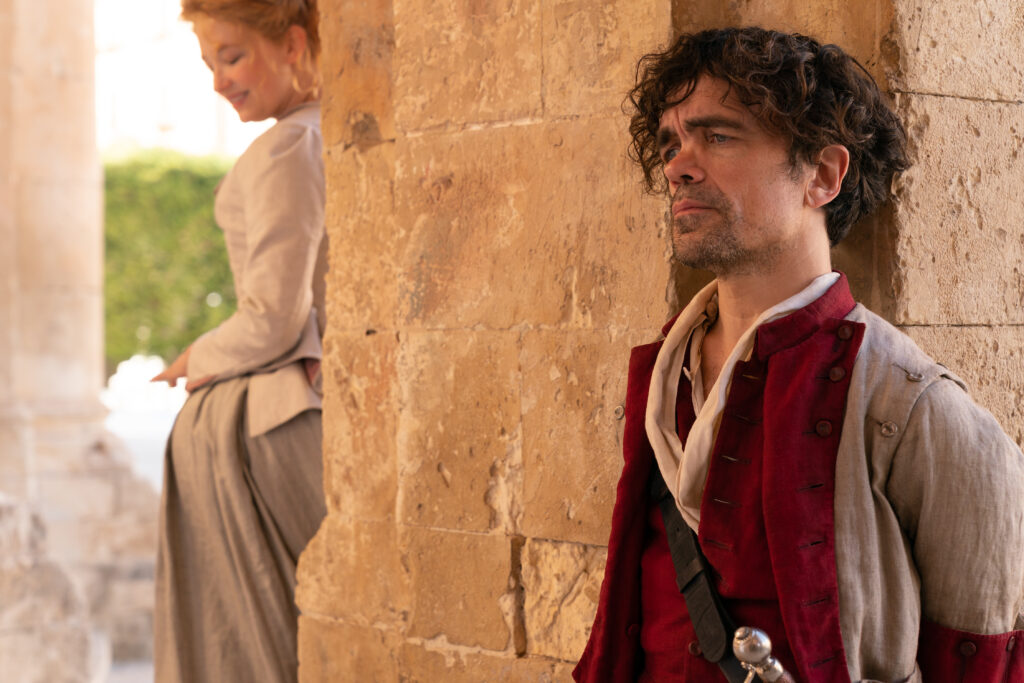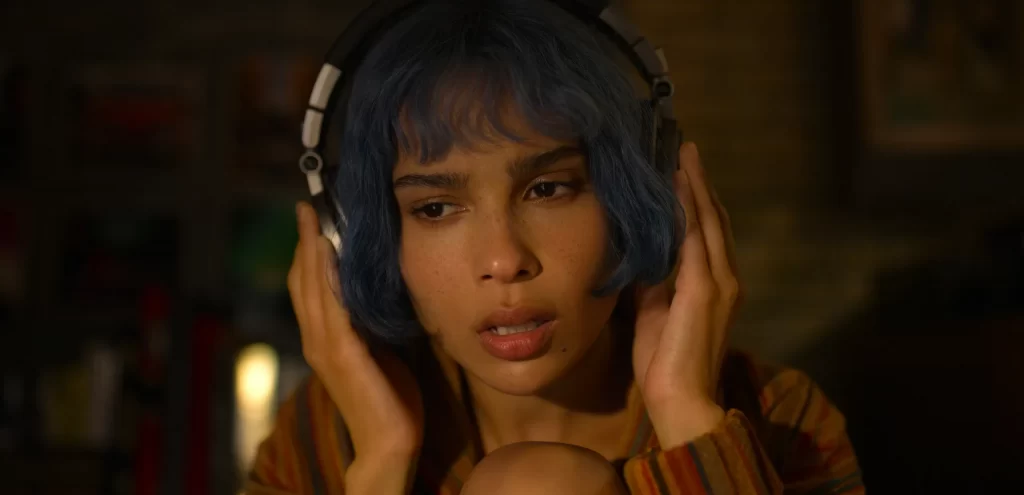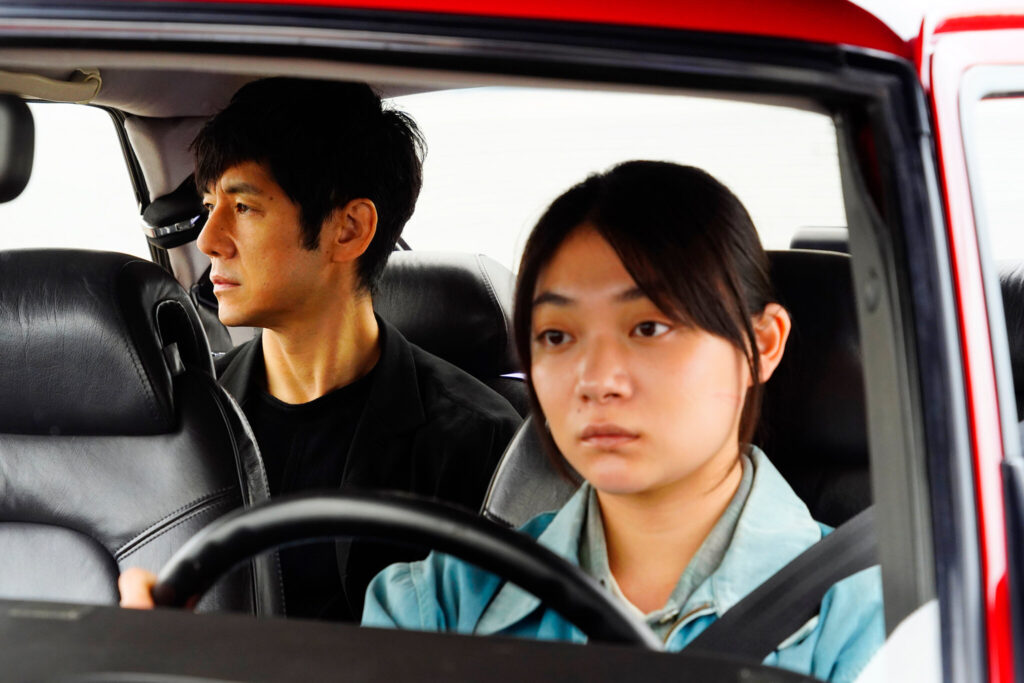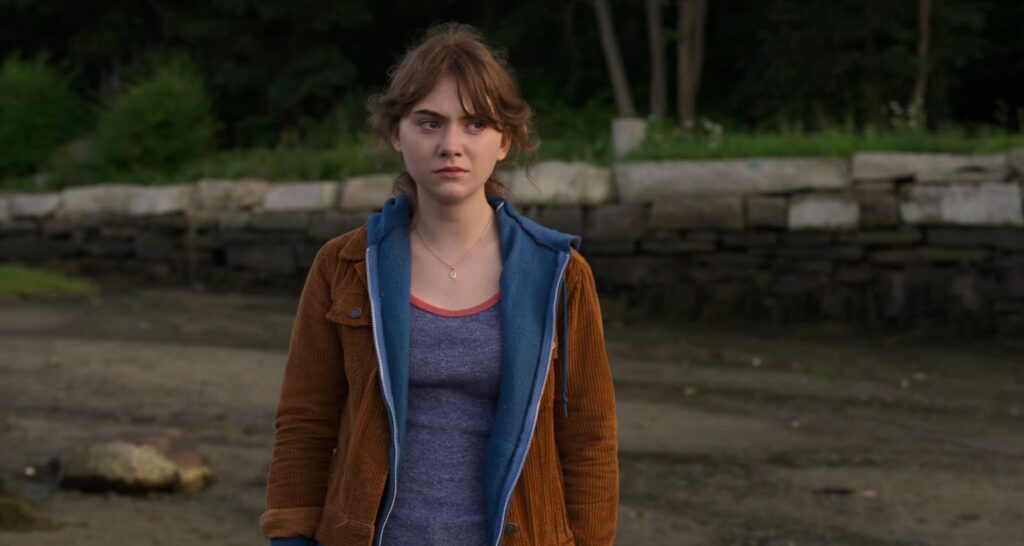The Batman: A Dark Blight Rises
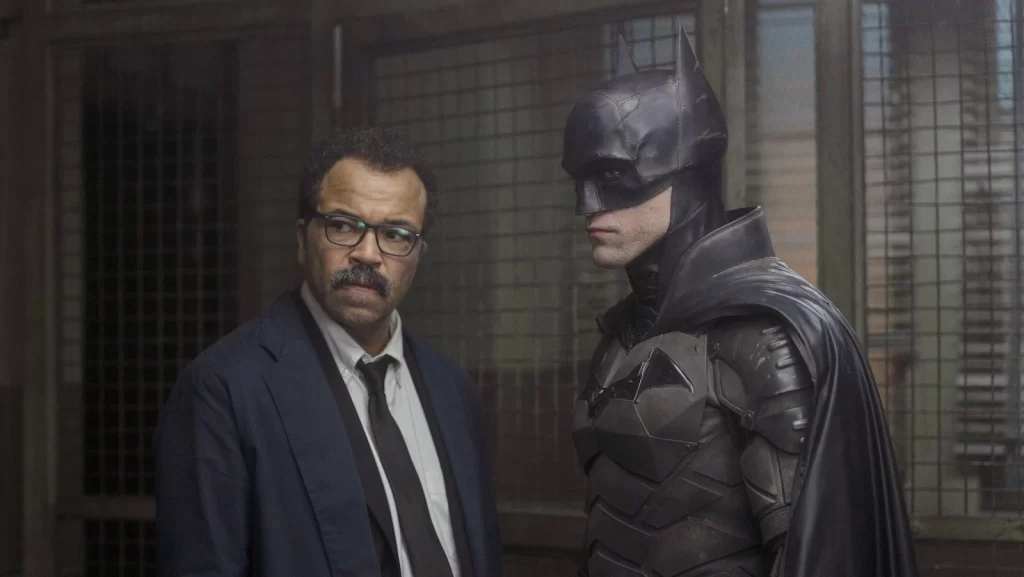
Who’s the big bad of The Batman? Modern superhero movies can scarcely subsist on just one antagonist, and this latest take on Gotham City’s caped crusader—directed with spirit and smarts by Matt Reeves, from a script he wrote with Peter Craig—piles on the villains the way his makeup artists slather prosthetics onto Colin Farrell’s face. Farrell, as it happens, plays the Penguin, but while his mannerisms seem to echo Robert de Niro’s work as Al Capone in The Untouchables, he’s hardly the film’s apex predator, instead operating as a mid-level mobster with women to leer at and masters to serve. One of those masters is Carmine Falcone (John Turturro), a slippery mafia don who’s too shallow and profit-oriented to fill the role of comic-book megalomaniac. It surely can’t be Selina Kyle (Zoë Kravitz), a waitress at Penguin’s sleazy nightclub who possesses several feline pets, some calf-high boots, and a knack for cracking safes; she may be Catwoman, but she’s not a madman. The most logical candidate is the Riddler, portrayed here by Paul Dano as a disturbed and disturbing serial killer who knows how to wield blunt instruments and a grudge. He’s a bad dude, no question, but The Batman has the nerve to suggest that his dastardly schemes are merely symptomatic—the inevitable consequence of a more pernicious evil. What if, the movie asks, the real villain is you?
Well, not you you; if you’re reading film criticism online, you’re surely more cultured than the particular brand of troglodytic malcontent that this movie places in its surprisingly topical crosshairs. The Batman posits, with unnerving fluency, that some of the creeps who swarm your social-media mentions are more inclined to blow up a theater than attend one. Remember the gun-toting monster who murdered 12 people and injured 70 others at a midnight showing of 2012’s The Dark Knight Rises? This time around, he might as well be a character. Read More

